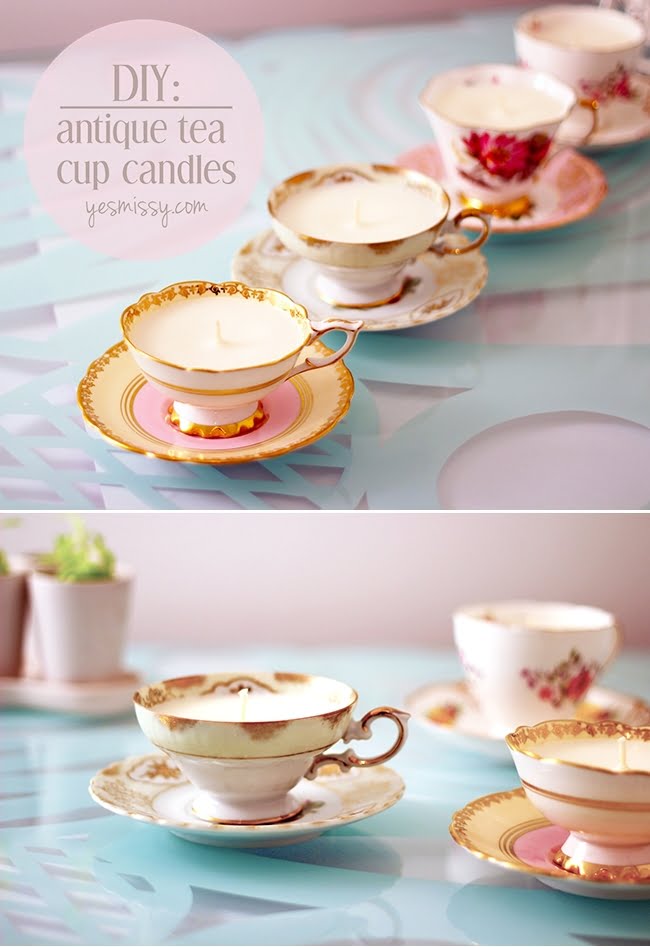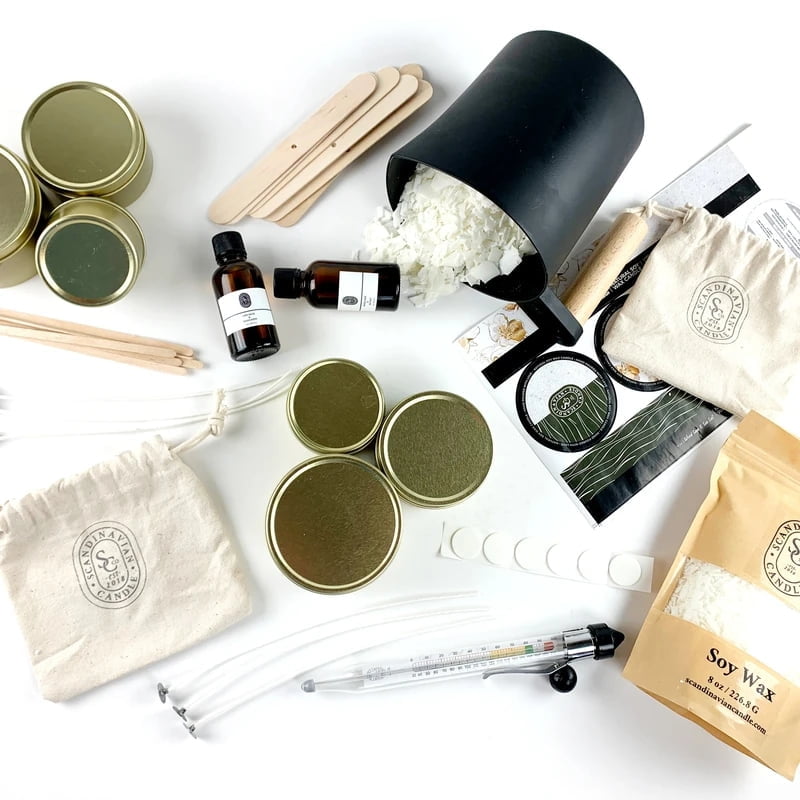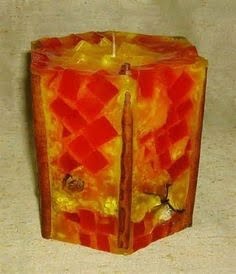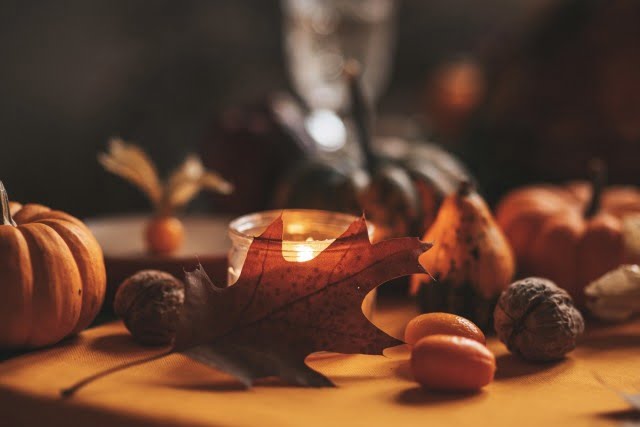Introduction
Traditional candle making is the art of creating candles from natural waxes and/or other materials. It is often a great way for people to make their own unique decorations, or even to make gifts. Traditional candle makers are usually passionate about their craft and take pride in the finished product they create.
The benefits of traditional candle making can include the time taken to craft the candles, which can be meditative or therapeutic, as well as the satisfaction one feels when they have created a beautiful piece that they can display or give away. The wide range of materials used in traditional candle making also offer different experiences when it comes to burning, smell, colour variation and design aesthetics. Many traditional candle makers will also mix essential oils and herbs into the wax mixtures to create desired aromas for different purposes such as aromatherapy. Unlike candles made with paraffin wax, beeswax candles can actually purify air by releasing negative ions – which eliminates pollutants from the atmosphere. Finally there is something special about giving someone a handmade gift such as a set of beautiful homemade candles – this makes them truly thoughtful presents full of love and care.
History of Candle Making and its Origins
The history of candle making dates back to at least the ancient Egyptians, where all-natural products such as tallow from cattle and beeswax from honeycombs were used to fashion them. The earliest known use of candles was for religious and magical purposes by civilizations in India and China, who often used them in spiritual ceremonies. Later on, candles evolved beyond their religious roots and became a more practical source of light, primarily for North American settlers who used bayberry wax to make them. From the 16th century onwards candlemaking has become increasingly industrialized, with chemists and inventors formulating various types of waxes including spermaceti, stearin, paraffin and beeswax blends to take advantage of their burning characteristics. Today, the widespread use of electricity has seen many traditional methods rendered obsolete but some cultures still create fascinating handmade works using age-old techniques.
Different Types of Materials for Traditional Candle Making
Traditional candle making often consists of a simple task using materials such as paraffin or beeswax, a wick and your choice of color or scent. The wicks used in traditional candle making are usually made up of cotton threads dipped in salt and then soaked in wax beforehand. Each type of material creates different types of candles, varying with the end result they produce.
Paraffin is the most commonly used material when it comes to candle making. It’s inexpensive and easy to work with, but tends to smoke more than other materials while being burned. Beeswax is another popular choice, however it can be more difficult to find depending on your location. It is also more expensive than paraffin, but offers a much cleaner burn with no extra chemicals required to produce a flame. Another great benefit that beeswax presents is its natural yellow or orange hue – adding additional color to any candles made from this wax without having to use dyes or other artificial coloring agents. Another option for traditional candle makers includes soy wax “a great material for those looking for an eco-friendly alternative that offers both a clean burn and attractive texture as well as providing a longer burn time than paraffin or beeswax candles do. Finally, there’s palm wax which has grown in popularity due to its unique crystallizing effect which creates distinct concentric circles when cooled. This visual attribute makes it popular not only when creating container candles but also when producing small decorative candles known as votives and pillars.
Step-by-Step Guide to Making a Traditional Candle
1. Preparing the Candle Wicks: Begin by gathering your supplies ” this includes a candle wick, glue gun, and a basic set of tools such as scissors and a ruler. Cut the wick to size making sure it is slightly shorter than the height of your desired candle size. Glue one end of the wick to the bottom of an old tin can with the glue gun for added stability.
2. Melting Wax: For traditional candles you will need to melt wax either in a double boiler system or in a dedicated wax melting pot. We recommend you start with 1-2 pounds of much better quality beeswax, paraffin or soy wax for your traditional candles depending upon your preferences. Slowly heat until melted, stirring periodically to create an even texture throughout.
3. Pouring Wax into Molds: The next step is to pour your melted wax into whichever mold shape you have chosen (for example scalloped edges or round tapers). Make sure that when pouring you are holding the can upright at all times so that air bubbles do not form in the wax while cooling down. Allow your candle to cool completely before continuing with steps 4 and 5!
4 Template Construction: If you wish to add decorations such as ribbons or glitter, begin by constructing them out of stiff felt paper using whatever design you desire on top of a flat surface assembly template (if no template exists use masking tape attached together).
5 Finishing Touches: Place decorations onto cooled down candles and adhere them using hot glue guns and then trim any excess with scissors if necessary. Et voila! You now have yourself a beautiful handmade, traditional candle!
Creative Ideas for Decorating Traditional Candles
Traditional candles can be decorated in many different and creative ways. One idea is to use paint pens to write words or designs on them. These could include uplifting messages, special names, or inspirational phrases. You could also add some decorations with glitter glue or paint with different colors directly onto the surface of the candle. For those who enjoy crafting, you could wrap ribbons around it for added color and texture. Another decorative idea is to use small pieces of fabric, such as lace or burlap, to wrap around the base of larger traditional candles. You could also make a grouping of miniature candles clustered together nicely, creating a visually attractive display when lit up at once. For an elegant look, you could coat your candle with either gold or silver foil for a gilded finish that will be eye-catching when illuminated in the dark. Finally if using pillar style candles then you can carve designs into them such as stars, circles or teardrop shapes for an almost sculptural visual aesthetic to enjoy at all hours of the day and night!
Health Benefits of Traditional Candle Making
Traditional candle making is an activity that can bring a great deal of calmness and relaxation to your life. It is also beneficial for our physical and emotional health, as the soothing scent of burning candles can be incredibly calming and even help reduce stress. Not only this, but traditional candle making involves using clean-burning waxes, which allows us to enjoy the benefits without any harmful pollutants. Making your own candles can also be very economical, as supplies are typically affordable compared to pre-made candles. Additionally, it can be a creative outlet that can boost self-confidence through concrete accomplishments. Finally, partaking in this craft may lead to reduced anxiety levels because the taxing process of creating something from nothing can be enjoyable and satisfying.
Essential Tips for a Successful Candle Making Experience
• Choose the right wax: Different types of waxes are available to cater to your individual needs from beeswax, soy wax, or coconut and vegetable wax blends. Each type of candle has unique burning requirements and will affect the scent, flame stability, and burn time of your candles.
• Select a quality wick: The type of wick you choose for your candles will have an impact on their burn performance. Your wick should be sized correctly to ensure adequate flame performance and minimize sooting or tunneling. Make sure you trim your wicks before each use for optimal results.
• Prepare the wax: Before making any candles, make sure you melt the wax down in order to evenly heat it up so that it’s ready for use. Use a double-boiler or slow cooker instead of direct heat as this will help prevent scorching the wax. Alternatively, an electric melt pot can also be used as long as you keep an eye on it and be careful not answer over its recommended heating temperature limit.
• Add in colorants: If desired, add any desired colorants into the heated melted wax then stir thoroughly with a wooden spoon until ingredients are evenly distributed throughout the mixture.
• Add fragrance oils: If desired, mix a few drops of high-quality fragrance oil into the melted mixture. Stir gently with a wooden spoon to fully incorporate them before pouring your candle jars . Be sure not to exceed the suggested maximum scent load as this can affect how well your candles burn.
• Start pouring: Ensure that all containers are straightened out before beginning because once you start pouring it is much harder to level them off afterwards without spilling near the end of the process; that’s why patience is key when making candles! Make sure to stop pouring when reaching …th inch from filling up completely – leaving enough room for proper burning – otherwise known as headspace . Allow 24 hours for candles to cool down and solidify before lighting up!
Relevant Resources for Learning More About Traditional Candle Making
Traditional candle making is a craft that has been practiced for centuries, with different techniques used around the world. To make candles traditionally, a variety of tools and materials are necessary including wax, wicks, molds or holders, thermometers and other melting equipment. The type and quality of these materials depends on the desired result in terms of the size, shape, color and scent of the finished candle.
If you are interested in learning more about traditional candle making there are many ways to do so. Books dedicated to the topic can be found at most bookstores and libraries. Additionally, there are plenty of online resources available such as websites, tutorials on YouTube channels and discussion forums where hobbyists share tips and advice from their experiences. Taking courses from local art centers or attending workshops conducted by experienced candle makers can also help expand your knowledge in this craft. Joining candle-making associations like the National Candle Association or taking part in club activities is another way to network with fellow enthusiasts and receive guidance along your crafting journey. Finally, if it interests you to research further into the history of traditional candle making you could scout out museums with relevant exhibits or explore archives which might have stories or texts that document early practices used worldwide.
Summary
Traditional candle making can be an enjoyable, creative and rewarding experience. It allows the creator to create their own unique candles in the size, color, shape and fragrance of their choice, using materials that are readily available. Not only does this offer a great sense of satisfaction in creating something beautiful and useful, but makes it possible to reduce waste by eliminating unwanted packaging and excess wax. Making your own candles also ensures that they will burn longer and cleaner, purifying the air in your home. Furthermore, traditional candle making is an economical way to produce decorative accents for your home or gifts for friends and family.

Welcome to my candle making blog! In this blog, I will be sharing my tips and tricks for making candles. I will also be sharing some of my favorite recipes.





